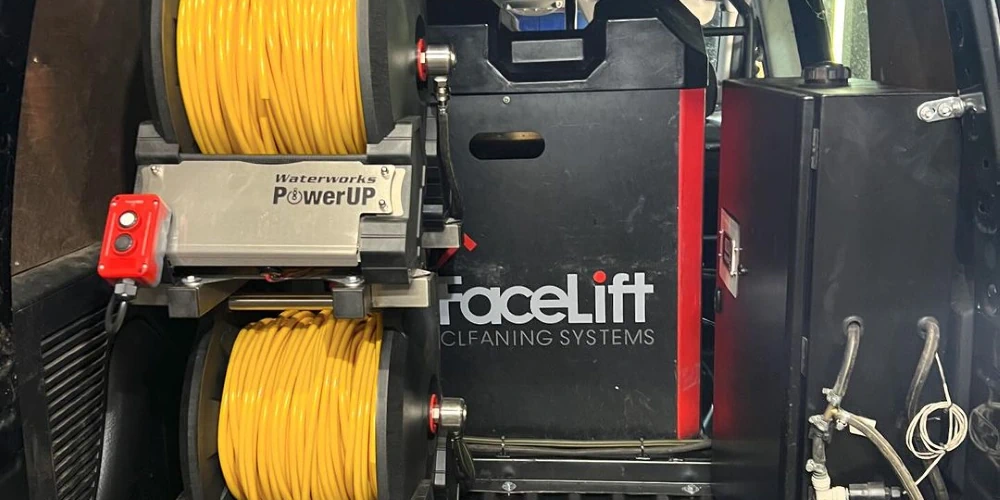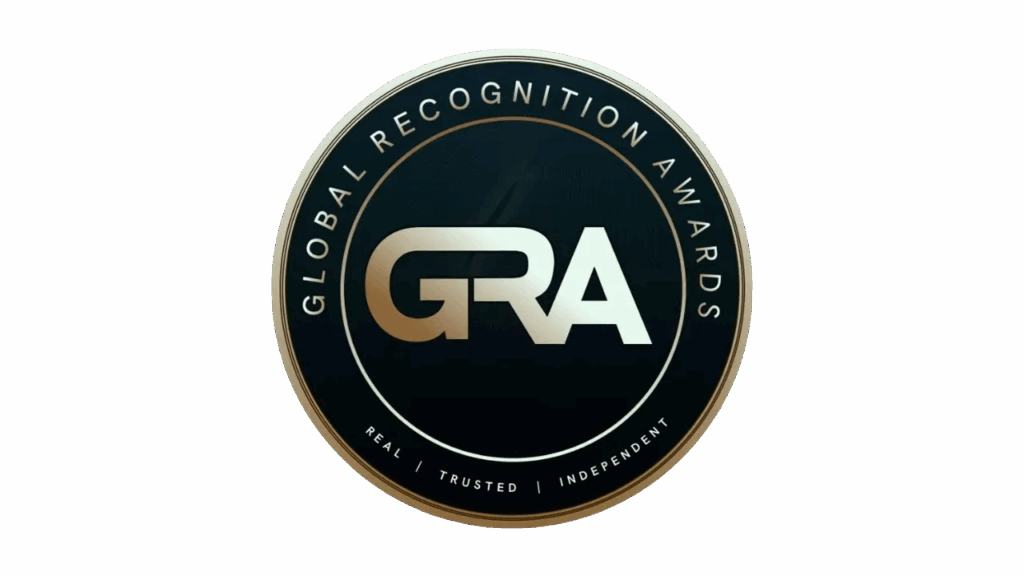
What Are the Essential Components of a Water-Fed Pole System?
What Are the Essential Components of a Water-Fed Pole System?
The water-fed pole systems have revolutionized the method with which windows, solar panels, and other accessible surfaces on buildings are cleaned. These include the equipment, which would clean surfaces at great heights without the use of ladders or any scaffolding, thus giving safety and efficiency. Some of the core components central to the way the system works are such that they have to work in unity to deliver clean water from its source to the area being cleaned.
The Key Components of Water-Fed Pole System
1. Water Purification Unit
The heart of a water-fed pole system is the pure-water treatment unit.
Most important, this unit is such that through it, tap water is processed to rid it of any other impurities, including minerals and sediments that would leave a deposit on surfaces at the time of cleaning. The most used purification methods are reverse osmosis and deionization. A reverse osmosis system will remove up to 99 per cent of all dissolved solids from the water, while deionization filters will trap ions that are left behind to
give a spot-free finish.
2. Water pump
The pump’s water heart pushes water through hoses down to the cleaning brush on the very tip of the pole. Also, it has to be of such a power that the continuity and level of pressure, critical for good cleaning action over long distances or heights, are maintained. The performance of the pump influences the effectiveness of the cleaning process; that is to say, it generally determines how fast a surface gets cleaned and how well the surface gets cleaned.
3. Reservoir or Tank
This water is being held up by a storage tank to be ready for use. Tanks may be anything from small portable units to large, static tanks installed on vehicles, depending on the size of the system and the scale of cleaning tasks. Here, the bigger the volume of the tank, the longer such a system may work continuously.
4. Telescopic Pole
Central to the system is the telescopic pole that can be extended to many lengths, thereby enabling the user to reach surfaces of perilous height safely from the ground. They are generally light and made from carbon fibre or aluminium for strength and easy handling. It has to be strong but lightweight enough not to overly exhaust the operator when used for a long period.
5. Brush Head
The brush head is attached to the tip of the telescopic pole and it carries out the transfer of the dirt and debris. The brush heads can come in different shapes and sizes. Some may have dual-trim bristles, while others may have jets within the brush to ensure better water distribution. The design of the brush head must create a mechanism that will effectively agitate the surface dirt, not resulting in damage, though, during the process.
6. Hose and Reel
The hose connecting the brush head and the water supply should be the kind of hose which is flexible and strong enough to take regular use and pressure variation. Quality hose assures smooth flow of water with kinking and leakages prevention. This is done by winding it around a reel to make its transportation and storage easy, protect it from wear, and make it neat and accessible. 7.
7. Control System
Modern water-fed pole systems include a control system that allows the operator to control water flow and pressure by job requirements. These can be manually or electronically operated, with some sophisticated models having remote systems for ease and efficiency.
Conclusion
Every part of the water-fed pole system has been designed to assure a high level of effectiveness and safety in use during high-reach cleaning activities. It will cover every part of the water-fed pole system, from the water-purification unit up to the control system, which will play its role in delivering perfect working capacity. With these components and their functions in mind, professionals can humanely pick out and maintain their equipment so that cleaning results and system life are prolonged. Good quality investment in water-fed pole systems for businesses rendering cleaning services for commercials or homes will go a long way to raise higher levels of cleanliness and safety, symbolizing the businesses’ commitment to excellence in taking care of the premises.



